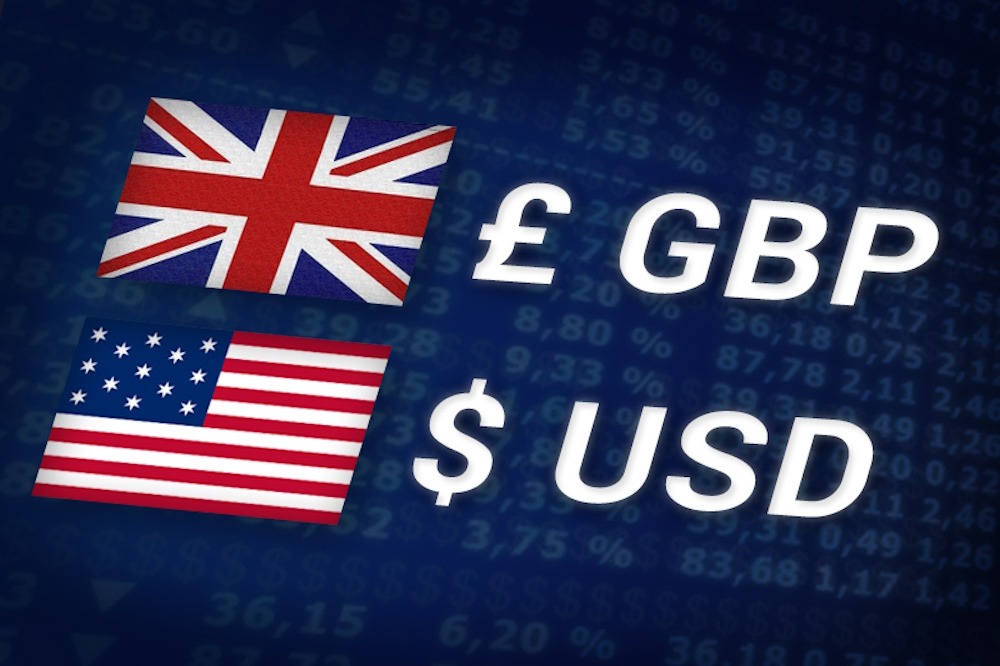The GBP/USD pair experiences a pullback on Friday, following its peak of 1.3471 reached earlier in the week, coinciding with US President Donald Trump’s remarks that high tariffs on China are “not sustainable.” As a result, the Greenback showed an uptick, as indicated by the pair, trading above the 1.3415 level, down 0.12% for the day.
GBP/USD experiences a significant decline as Trump indicates that tariffs on China are “not sustainable,” while also providing reassurance that a fair trade deal is forthcoming. The UK GDP experienced a modest increase of 0.1% in August, while disappointing employment figures contribute to growing expectations for a rate cut by the Bank of England. The markets are currently reflecting a complete expectation of a 25-basis point rate cut by the Federal Reserve in October; however, uncertainties surrounding a potential government shutdown and credit issues are casting a shadow over the economic outlook.
> Sterling declines from weekly peaks as expectations of Fed easing and concerns over a US shutdown influence market sentiment : During an interview, Trump stated, “I think we’re going to be fine with China, but we have to have a fair deal. It’s got to be fair,” and indicated that he intends to engage with his Chinese counterpart Xi Jinping in South Korea in two weeks. The US government shutdown has now reached its seventeenth day, with an agreement between the White House and the Democrats appearing distant at this moment. Simultaneously, regional banks in the US reported complications related to fraudulent loans, raising alarms regarding a potential credit crisis. In the international markets, Sterling reached a weekly peak amid anticipations that the Federal Reserve will recommence its easing cycle, spurred by dovish comments from Jerome Powell on Tuesday. According to the reports, markets have completely accounted for a 25-basis-point rate cut at the Federal Reserve’s October meeting, with only a 1% likelihood attributed to a more substantial 50-bps reduction.
The latest data indicates that the economy experienced a growth of 0.1% in August, following a contraction of 0.1% in July, according to the reports. Britain’s jobs data has heightened the likelihood of the Bank of England implementing rate cuts, as evidenced by a deceleration in wage growth. This suggests a softening labor market and the potential for inflation to continue its decline. Market participants are currently estimating a 44% likelihood of a 25-basis-point rate reduction by the Bank of England in December, with widespread anticipation for a further easing action by March 2026. Markets are projecting cumulative cuts amounting to approximately 53 basis points by the conclusion of 2026.

